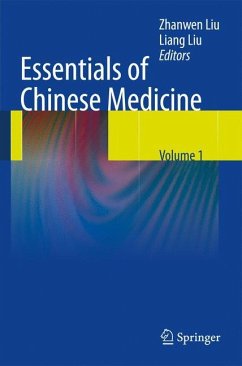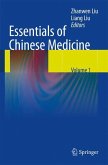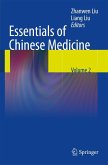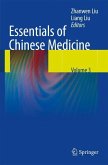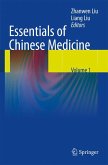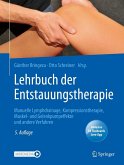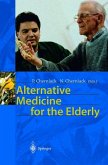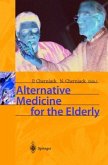These textbooks systematically introduce the basic theories, the diagnostic methods, the therapeutic methods based on symptom differentiation, and the knowledge of principles of health preservation and rehabilitation. They explain the basic methods and theories of acupuncture and moxibustion, as well as expounding upon 151 kinds of Chinese herbs; each Chinese medicinal herb is illustrated. The textbooks also introduce 84 Chinese herbal formulas and 6 associated formulas commonly used in clinical practice. Furthermore, it elucidates treatments of commonly and frequently encountered diseases in internal medicine, surgery, gynecology, pediatrics, ophthalmology and otorhinolaryngology.
The Essentials of Chinese Medicine is a text book intended for international students who wish to gain a basic understanding of Chinese Medicine (CM) at the university level. The idea of writing such a text was originated from the Sino-American Consortium for the Advancement of Chinese Medicine (SACACM), which was founded in February 2000. In 1995, the British Hong Kong Administration set up a Preparatory Committee for the Development of Chinese Medicine to look into ways of bringing Chinese medical practice and herbal trade under proper control and r- ulation. After the reuni?cation of Hong Kong with mainland China in 1997, the Government of the Hong Kong Special Administrative Region continued the efforts to uplift the practice of CM to a fully professional level through legislation. To help bring up a new generation of professional CM practitioners, the Hong Kong Baptist University (HKBU) obtained approval from the Government's univ- sity funding authority to develop a School of Chinese Medicine to prepare students who will meet the future professional requirements through public examinations. In order to establish itself quickly as a rigorous provider of university level CM education, HKBU sought alliance with eight major CM universities in the Chinese Mainland, and one US university which was interested in developing CM edu- tion within its medical college. As a result, the Consortium known as SACACM was formed, with ten founding institutions from Beijing, Shanghai, Nanjing, Sh- dong, Guangzhou, Chengdu, Heilongjiang, Hong Kong, and the United States.
The Essentials of Chinese Medicine is a text book intended for international students who wish to gain a basic understanding of Chinese Medicine (CM) at the university level. The idea of writing such a text was originated from the Sino-American Consortium for the Advancement of Chinese Medicine (SACACM), which was founded in February 2000. In 1995, the British Hong Kong Administration set up a Preparatory Committee for the Development of Chinese Medicine to look into ways of bringing Chinese medical practice and herbal trade under proper control and r- ulation. After the reuni?cation of Hong Kong with mainland China in 1997, the Government of the Hong Kong Special Administrative Region continued the efforts to uplift the practice of CM to a fully professional level through legislation. To help bring up a new generation of professional CM practitioners, the Hong Kong Baptist University (HKBU) obtained approval from the Government's univ- sity funding authority to develop a School of Chinese Medicine to prepare students who will meet the future professional requirements through public examinations. In order to establish itself quickly as a rigorous provider of university level CM education, HKBU sought alliance with eight major CM universities in the Chinese Mainland, and one US university which was interested in developing CM edu- tion within its medical college. As a result, the Consortium known as SACACM was formed, with ten founding institutions from Beijing, Shanghai, Nanjing, Sh- dong, Guangzhou, Chengdu, Heilongjiang, Hong Kong, and the United States.

